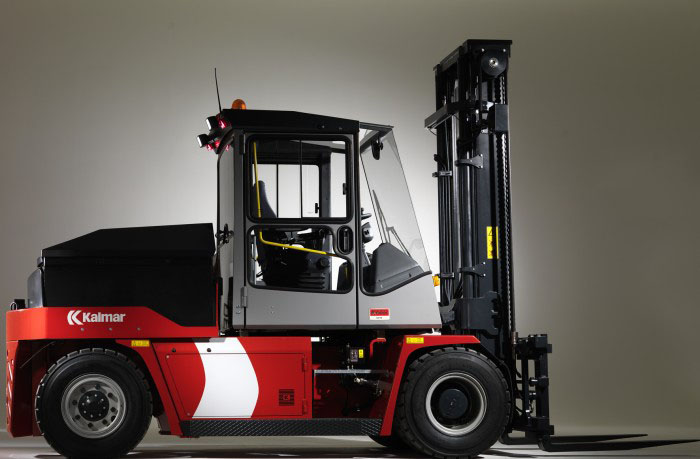Companies often see the movement and handling of materials and components as a necessary evil, eating into production costs and forcing the use of expensive purpose-made equipment. But the transport of goods – whether they are raw materials, finished components, or planted stock, materials need moving in some form, and with that movement comes the need to employ specialist equipment.
That equipment comes at a premium and the purchase of it is seen as a major company investment. Added to that, the choice of forklift truck will depend upon the company’s requirements, and there may not be one solution that fits all of those, needing a second or third vehicle to meet the requirements. Suddenly your need to locally transport your goods has become a huge problem. Forklift supply companies are used to dealing with these issues and are on hand to offer solutions to a client’s material shifting problems. The fundamental problem of needing more than one truck can be handled in one of two ways:
-
Purchase used Vehicles: – While everyone likes the feel and confidence of a new vehicle, there is a huge market in used vehicles available through reputable suppliers.
-
Hire Vehicles: – All of the major suppliers and distributors carry and extensive stock of new and used vehicles that can be hired for various periods of time.
Both of these options make getting the equipment a company needs much easier, but many logistics managers balk at the term ‘hire’ as they have visions of being tied into a long and costly period with no room to swap and change as their requirements change. This traditional view of the hire market is long gone and hiring and leasing are now the most flexible options available.
With the new flexible leasing packages, the plant a company needs can be delivered to where they want it, as they require it, and for a period of time that suits them. There are no longer standard lease periods and it is now possible to rent equipment from the established suppliers for times ranging from a couple of hours to many months or even years. What’s more, the suppliers are happy to offer flexible on-going leases where the company can decide on a weekly basis when they need to have the equipment on site and only have it at those times.
This flexibility means that a company can have the right lifting and handling solutions all the time, rather than having to make do with equipment that isn’t quite right for the job. This also means that a company can be flexible on the types of fuels that it uses, swapping between the expensive diesels through economical Liquid Petroleum Gas (LPG) truck through to the quiet and families electric lifters, which is essential in today’s tough economic climate.
Each type of solution has its own pros and cons but the flexibility that comes with leasing and renting allows the end-user to satisfy their handling needs.






